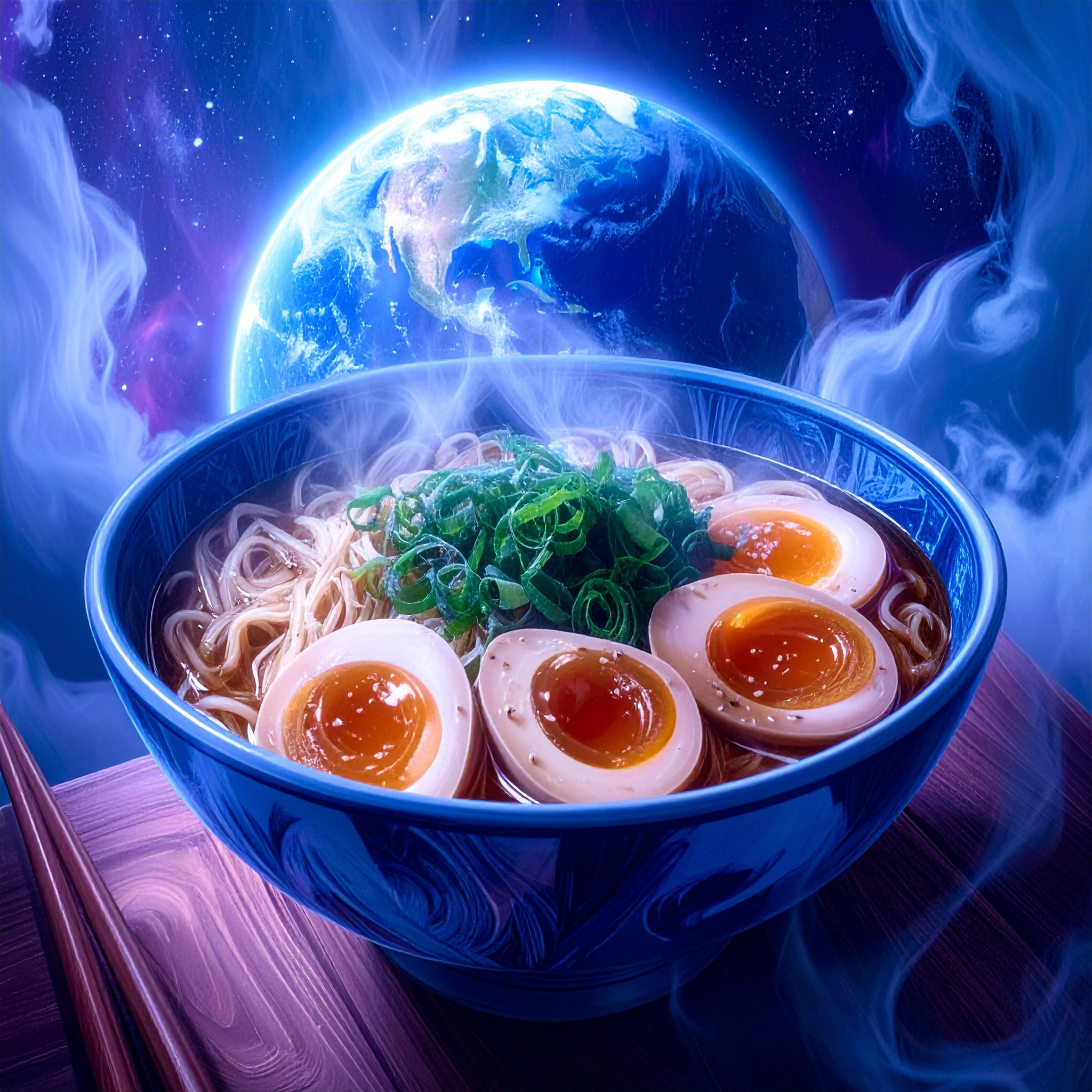TSUTA: Elevating Ramen Through Truffle, Design, and Global Storytelling
As the first ramen restaurant in Japan to be awarded a Michelin star, TSUTA stands as a pioneering force in redefining what ramen can be—through refined ingredients, meticulously layered flavors, and a vision steeped in international appeal.
At the heart of this transformation was an unexpected yet striking creation: Truffle-Infused Shoyu Ramen.
1. Truffle in Ramen? A Value-Added Surprise
Japanese ramen has long been rooted in the vernacular—rich, humble, and often enjoyed in narrow alleyways with a reputation for messy deliciousness.
TSUTA disrupted this perception by introducing truffle oil, a French culinary hallmark, into a clean, soy-based broth. The result was a bowl that was elegant, aromatic, and polished—visually and gustatorily.
This unexpected pairing not only intrigued domestic palates but also shattered the stereotype held by international audiences that ramen must be heavy, greasy, or casual.
2. The Vision: Ramen as Fine Dining
What TSUTA achieved was more than culinary—it was architectural. Every detail supported the elevation of ramen into a refined dining experience:
-
Thoughtfully designed serving ware
-
Crystal-clear broth that left no residue
-
Artfully arranged toppings like ajitama and hand-crafted noodles
-
A presentation curated for social media and global visual storytelling
In doing so, TSUTA became a restaurant where the flavors, aesthetics, and ambiance coalesced into a memorable and globally recognized experience—not just a meal.
3. Global Growth Through the Language of Aroma and Umami
TSUTA successfully extended its presence to cities such as Singapore, mainland China, and New York. But rather than replicating its original formula, it embraced a strategy of local adaptation—leveraging regional ingredients such as local water profiles and venison—to build continuity without uniformity.
Instead of insisting on “the same flavor,” TSUTA prioritized the transmission of aroma and a sense of flavor complexity, crafting a framework that resonates across cultures while respecting local palates.
This model serves as a valuable prototype for the global expansion of Japanese cuisine more broadly—demonstrating that when “aroma” becomes the narrative, execution becomes universal.
Summary: A Whisper of Aroma, A World of Influence
By adding just a note of fragrance to its ramen, TSUTA captured the hearts of diners from cultures attuned to aromatic nuance.
Its success wasn’t driven by ostentatious luxury or shock value, but by the disciplined interplay of delicate flavor design and compelling narrative.
The idea of “serving aroma within ramen” may well define the next generation of Japanese culinary identity—quietly powerful, globally resonant, and deeply rooted in craft.




